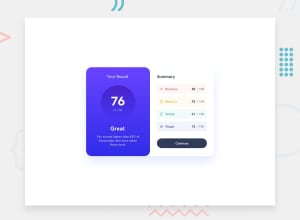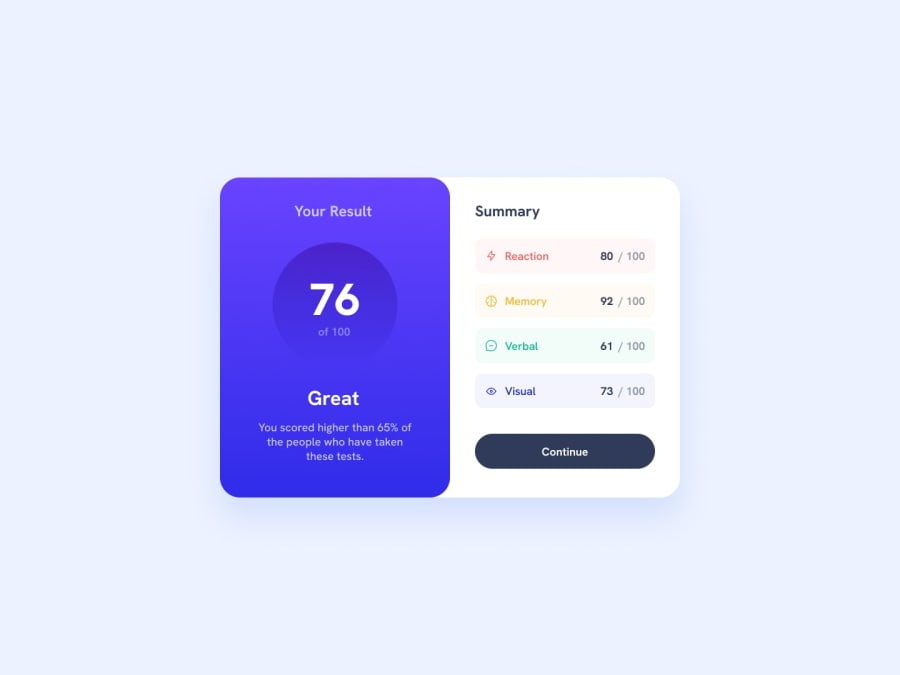
Submitted almost 2 years ago
React Landing Page
#react#styled-components#material-ui
@nitroadam1233
Design comparison
SolutionDesign
Solution retrospective
It was difficult trying to add a global font to the page using material-UI with ThemeProvider on App.js. I was also trying to add some custom breakpoints to my theme but whenever I did that it would mess up the div containers. I would like to know the best practices for custom breakpoints and adding global fonts in material-UI. I also want to learn about the best way to use Grid component in material-UI.
Community feedback
Please log in to post a comment
Log in with GitHubJoin our Discord community
Join thousands of Frontend Mentor community members taking the challenges, sharing resources, helping each other, and chatting about all things front-end!
Join our Discord
